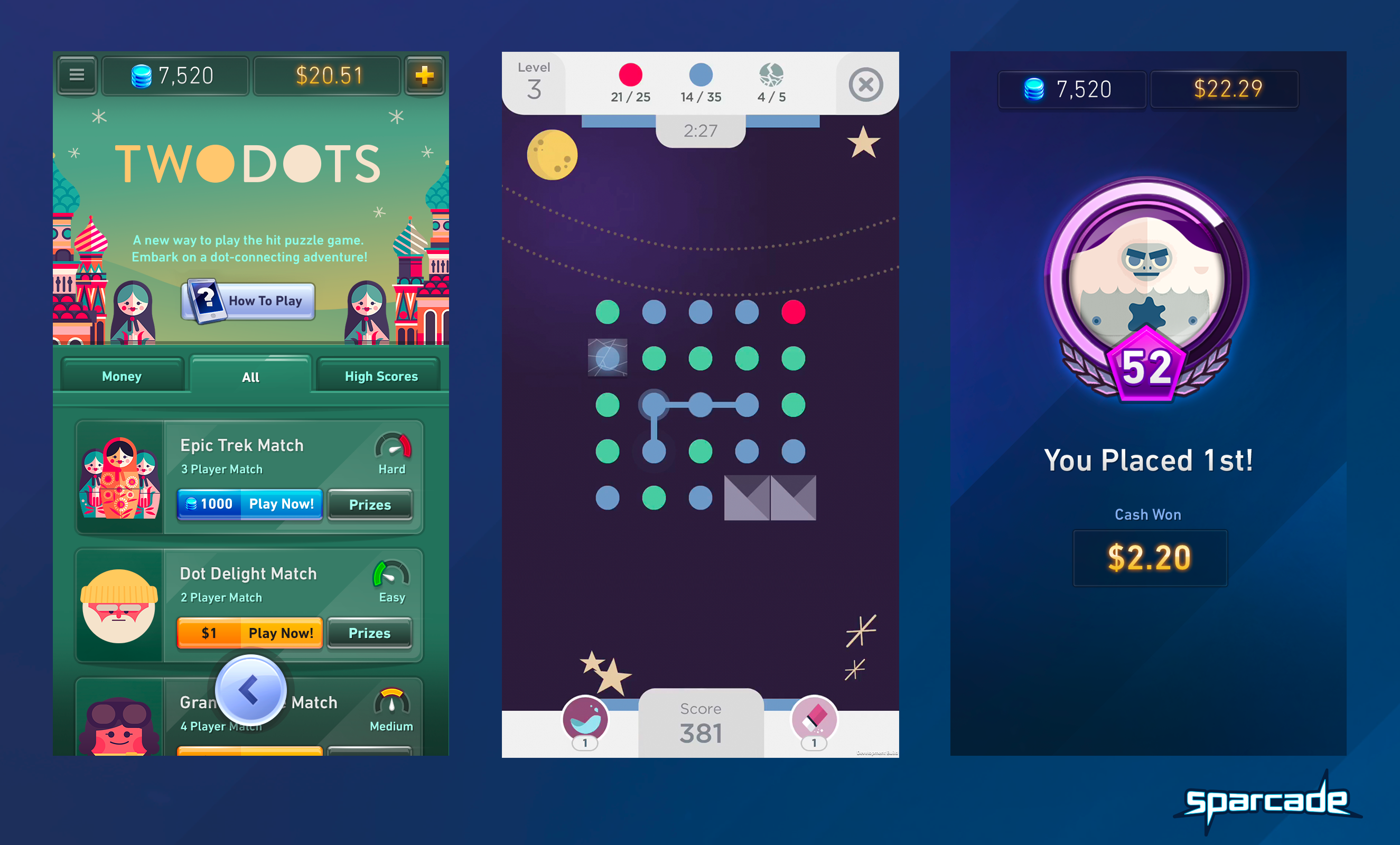
Facebook is testing a new feature that would allow its users to opt between getting or not getting the red notification badges on its app.If confirmed, the tool would let users get rid of those pesky...
 Dots, the studio behind a beautifully-designed series of mobile games (including Two Dots and last year's Dots & Co), just announced its next game: Wilds. As the title suggests, this game will be a departure from what the studio has produced thus...
Dots, the studio behind a beautifully-designed series of mobile games (including Two Dots and last year's Dots & Co), just announced its next game: Wilds. As the title suggests, this game will be a departure from what the studio has produced thus...
 The opposition to the Trump administration's immigration ban has spread far and wide. Video game developers are joining the chorus against what some see as an unconstitutional policy put forth with no thought or consideration of the outcome. For a nu...
The opposition to the Trump administration's immigration ban has spread far and wide. Video game developers are joining the chorus against what some see as an unconstitutional policy put forth with no thought or consideration of the outcome. For a nu...
 Two Dots is a unique, beautiful and meditative puzzle game that exudes a level of polish rarely found in mobile games. So it was a bit of a surprise to see its developer, Dots, announce that it was partnering with the recently launched Sparcade to re...
Two Dots is a unique, beautiful and meditative puzzle game that exudes a level of polish rarely found in mobile games. So it was a bit of a surprise to see its developer, Dots, announce that it was partnering with the recently launched Sparcade to re...
 Mobile puzzle game Two Dots (from developer Dots) did a ton of things right when it was released in 2014. The game took a simple mechanic -- matching two or more dots of the same color -- and added a bunch of great power-ups, varying goals, constant...
Mobile puzzle game Two Dots (from developer Dots) did a ton of things right when it was released in 2014. The game took a simple mechanic -- matching two or more dots of the same color -- and added a bunch of great power-ups, varying goals, constant...
Have you ever been playing around with molten metal salt, when you accidentally created hollow, soft-shelled particles that could one day increase hard disk storage or power future QLED displays? Us neither, but that's exactly what happened to scientists at Rice University when they were researching "tetrapods" to make solar panels more efficient. Through an apparently wacky coincidence, they removed a single ingredient from the tetrapod stew, which left behind tiny droplets of cadmium nitrate. Selenium then melted around those drops, which completely dissolved away, leaving a melted selenium ball with a hole in the middle. It turns out that those selenium "doughnuts" can be packed tightly onto a metal surface without touching, thanks to their soft shells, which could allow more bits to be packed onto a hard drive, or be used in quantum computers and next-gen displays. Since the dots are smaller than a living cell, it took the researchers an entire year to figure out what they'd made and how they did it -- luckily they didn't just bin the whole thing and start over.
Filed under: Displays, Storage, Science, Alt
Via: Extreme Tech
Source: IOP Science
Nanosys' eye-popping QDEF (Quantum Dot Enhancement Film) might be inching closer to a display near you. A new partnership with 3M aims to get the color-loving tech commercialized and into mainstream products. The film uses quantum dots to create an LCD with a wider color gamut -- apparently translating to up to 50 percent more color. The quantum dots are packed onto this film in their trillions (yes, trillions) which is then fitted within the backlight. As the new layer would replace the existing one within LCDs, Nanosys' solution aims to avoid the need for new equipment or processes. However, we're still waiting for high-color QDEF to become that "ecosystem changer" we were promised.
Continue reading 3M and Nanosys team-up to roll out quantum dot-enhanced LCDs
3M and Nanosys team-up to roll out quantum dot-enhanced LCDs originally appeared on Engadget on Thu, 07 Jun 2012 05:15:00 EDT. Please see our terms for use of feeds.
Permalink | | Email this | Comments